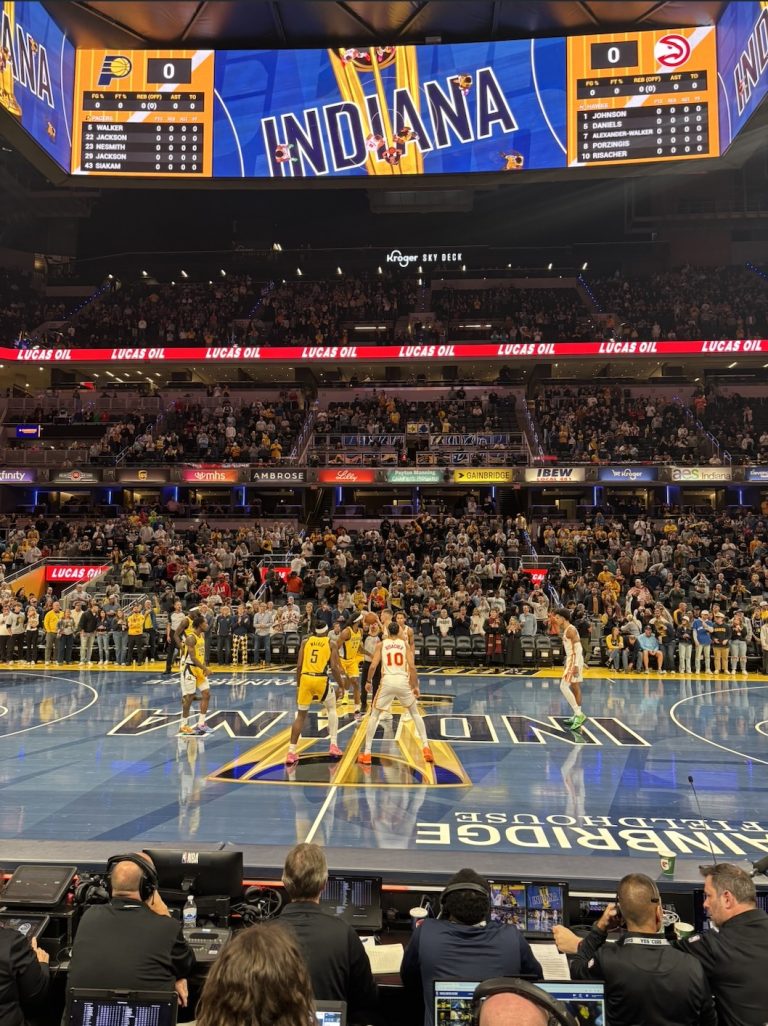Marvel icon Stanley “Stan Lee” Lieber died Nov. 12 and left behind a heroic legacy that far surpasses the feats of his legendary heroes.
The 1950s were a difficult period for the comic book industry. Following the tragedies of World War II, the superhero strongman archetype declined in popularity, replaced by darker, grittier tales much more in line with contemporary public sentiment. In the midst of this sharp genre change, comics also were threatened by a U.S. Senate Subcommittee on Juvenile Delinquency, which worried that, much like modern video games, comic books encouraged violence in children. As a result, the comics industry fearfully censored itself to the point of near creative obscurity.
By the 1960s, only DC Comics had managed to bring superheroes back with the advent of the Justice League of America.
Enter Stan ‘The Man’ Lee. At this time, Lee was a creatively frustrated art director at Marvel Comics, torn between the formulaic structure of comic books at the time and the compelling stories he actually wanted to tell.

Tasked to create a superhero team that could rival the burgeoning success of the JLA, Lee delivered, but differently. Instead of rehashing the archetypes followed by the JLA, he created the Fantastic Four, a family of scientific adventurers who were not untouchable strongman so much as they were relatable, ordinary people. The original FF were constantly feuding and even struggled with paying their bills.
Furthermore, these heroes lived not in fictional facsimiles of the real world like Gotham or Metropolis, but in a real, tangible place: New York City. The majority of future Marvel heroes would also be based in New York, so casual readers could not only see themselves in the numerous characters Lee created but they could also picture themselves in a reachable location. There was also the added thrill that, because all of these characters lived in New York, they had the potential to encounter one another.
These heroes were not the perfect and virtually untouchable Superman—but that was the point. Lee turned Marvel characters into a testament to human heroism, from Tony Stark’s struggle with alcoholism to Hulk’s identity crisis to Peter Parker’s teenage angst. Lee, according to many, was a huge proponent of diversity in his comics. As a Jewish boy born to Romanian immigrants, Lee understood the gravity of representation and the painful nuances of being considered different.
According to Mental Floss, Lee denounced racism in a column he wrote early in his career, saying that “bigotry and racism are among the deadliest social ills plaguing the world today. The only way to destroy them is to expose them—to reveal them for the insidious evils they really are.” And he reflected and supported this ideology in Marvel’s works.
The X-Men series in particular has a long history of speaking on relevant social issues. According to The Root, in 1963, during the Civil Rights era, the struggle between Professor X and Magneto serves as a loose allegory for the “integrationist versus nationalist philosophies of Martin Luther King Jr. and Malcolm X,” respectively. While not a perfect comparison by any means, it was a bold and obvious statement for its time. Fast-forward a bit to the 90s, and the X-Men were tackling Genosha, a fictional state meant to parallel South Africa and apartheid at the time. Furthermore, Marvel was the first mainstream comic to showcase a gay marriage in 2012, as seen in Astonishing X-Men #51, when hero Northstar marries his civilian boyfriend, Kyle—a full three years before the United States legalized gay marriage.
Lee also created the pivotal Black Panther during the Civil Rights era, the first black superhero in mainstream American comics. Furthermore, T’Challa was depicted as the king of a technologically advanced nation, a rare positive image of African Americans, especially during a time still soaked in racism.
Lee continued on to support numerous endeavors to increase diversity in Marvel comics. From Miles Morales to America Chavez, many Marvel fans—myself included—understood what it was like to have a hero who looked like them, who was human and made mistakes like they did. Lee did not shy away from culturally diverse perspectives regarding his characters, no matter the sociopolitical climate—and at times, that made all the difference.
Parker Shaw, a doctoral candidate in the Counseling and Counseling Psychology Program at Oklahoma State University, researched the psychological effects of reading superhero comics. In his study, fittingly titled “Captain America: The Search for Belonging,” Shaw revealed that because Lee championed diversity in his works, many people have at least one Marvel hero to look up to who resembles them.
“Stan’s contributions of diverse characters allowed a larger audience to feel recognized, valued, and understood,” Shaw said.
Lee successfully turned heroes into humans and pioneered numerous generations towards change, equality and fortitude. Decades later, we still celebrate these heroes on the big screen and dress up as them for Halloween. We still root for, read about and hotly discuss them. Overall, Lee created these characters out of a desire to not only create an interesting story, but a compelling one—one that actually meant something to his readers and fans. And after the popularity of his characters soared, he continued to advocate for diversity in his art form, fittingly proving that he, of all people, understood that with great power comes great responsibility.






